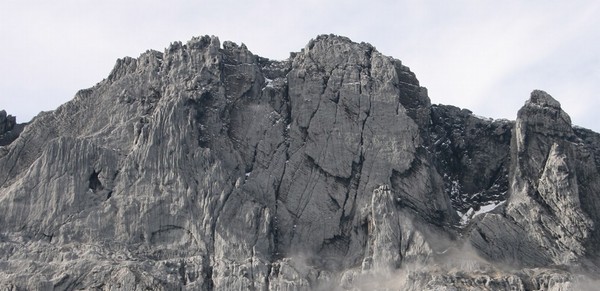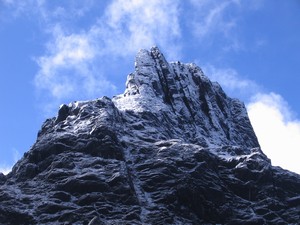Our country is probably in a transition, but in ASEAN, we are expected to influence Myanmar (originally known as Burma) to improve its human right records. History has shown that Indonesia can survive from dictatorship and have been developing faster than other countries which were in the same condition. therefore, many countries believe that Indonesia has become a positive example of how a democracy can emerge from a dictatorship.
JAKARTA—Twenty-five years ago, both Indonesia and Burma were ruled by totalitarian regimes known for their human rights abuses, lack of genuine democracy and corrupt leaders who siphoned off national resources. Indonesia is now a functioning democracy and human rights advocate with a relatively transparent, free market economy. Burma, on the other hand, has slid further into the pit of oppression and corruption.
 |
| Former Burmese dictator Ne Win, left, and Indonesia’s then President Suharto in Jakarta in September 1997. Less than a year later, in May 1998, Suharto was forced to step down after 32 years of military-dominated rule. (Photo: AFP) |
With Indonesia set to chair the Association of Southeast Asian Nations (Asean) in 2011, and given its recent transformative history, some observers believe Jakarta is the best suited of all Asean members to influence Burma. But if Indonesia is able, directly or indirectly, to effect a positive change in Burma, it will have to succeed where Asean and the international community have previously failed.
Although Asean’s general-secretary, Surin Pitsuwan, once vowed that Asean would be a “wheel of change” in the region, observers say that since its establishment in 1967, the organization has come up short in its meager efforts to improve the human rights record of member states. While Indonesia, the Philippines, Thailand and Malaysia have recently become more active in calling on the Burmese regime to institute democratic reforms, members such as Brunei, Singapore and Vietnam are still reluctant to pressure the junta.
Observers hope that when Indonesia—Asean’s largest and most populous country— takes over as chair of Asean, it can help find a common platform among Asean members that could provide a basis for calls for reform in states such as Burma. Sources within Asean also said that Indonesia may use its chair position to actively pressure the Asean Intergovernmental Commission on Human Rights (AICHR) to push Burma to improve its human rights records and institute democratic reforms.
Ready to Lead?
Jakarta may already be laying the groundwork for that push. At the 16th Asean summit that took place in Hanoi in July, Indonesian Foreign Minister Marty Natalegawa said the bloc wants very much to see an election in Burma that meets international standards for recognition and credibility. And in March 2010, Natalegawa told his Burmese counterpart in Naypyidaw that Jakarta expected the regime to “uphold its commitment to have an election that allows all parties to take part.”
This is not the first time, however, that expectations were raised regarding Indonesia’s potential influence on Burma. In August 2009, the executive director of the US Campaign for Burma, Aung Din, said “Indonesia is a leading member of Asean, a close friend of Burma and has access to the generals in Naypyidaw. Indonesia is also a reliable partner of the US and EU in many areas. Therefore Indonesia can help to build a bridge between the Western powers and the generals in Burma.”
News Source : Irrawaddy
Photo Source : saveburma
Thank you Mr. Ahmad Saiful for the news tips!
Popularity: 3% [?]








.jpg)


